Sugar’s Journey from Field to Table: Sugar Cane
Sugar is one of the purest ingredients and a natural carbohydrate, found in fruits, vegetables and nuts. Sugar is made by green plants through photosynthesis, a natural process that turns sunlight into energy. Sugar is harvested from sugar beets, root vegetables that grow in cooler climates, and sugar cane plants, tropical grasses that grow up to 20 feet tall. Sugar beet and sugar cane go-to sources for sugar because they have the highest percentage of sucrose of all plants. For both, the refining process removes all impurities and the surrounding plant matter, leaving only pure sucrose. Today, we’re looking at the process for sugar cane, and how it gets from the field to your kitchen pantry.
Sugar Cane: Refining Process

The amount of molasses left on the crystals or added back to the sugar crystals determines which type of sugar is produced. Beyond the traditional white granulated sugar and light and dark brown sugars, there are lightly colored sugars, golden or tan, produced for specialty uses.
As for the materials left over from sugar processing, many of them are recycled and reused. For example, sugar cane refining results in leftover cane fiber called bagasse. This bagasse is used to generate electricity for sugar mills and even their surrounding communities.
Throughout the manufacturing process, sugar is tested for purity, sucrose content, proper pH balance, temperature, color and consistency. Monitoring of equipment and filtering materials ensures that they are working efficiently. Because it’s 99.9% sucrose, refined sugar is one of the highest-quality products you can find at a grocery store.
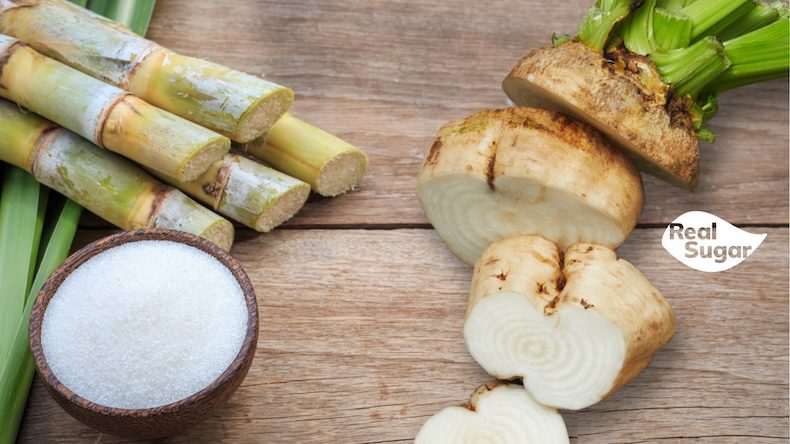
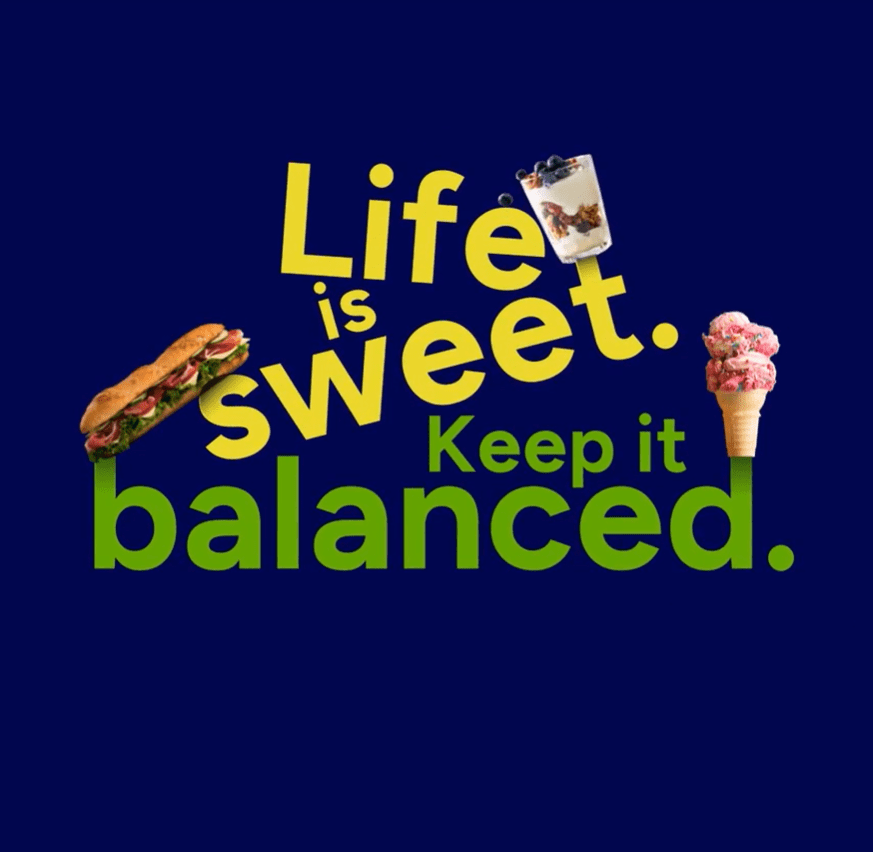

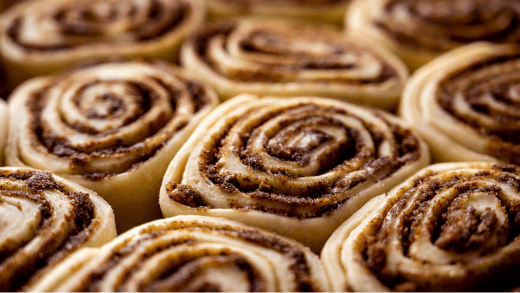
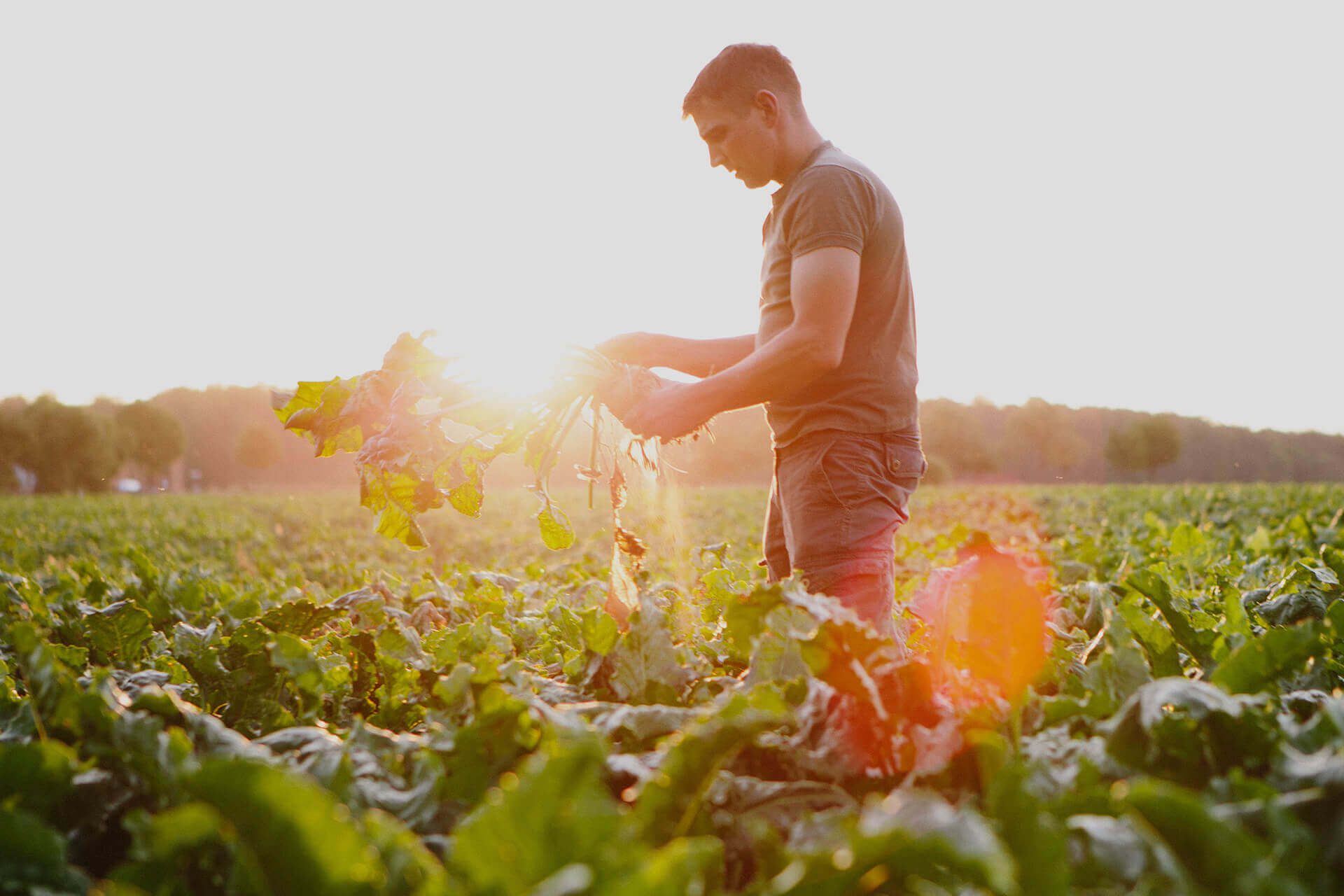
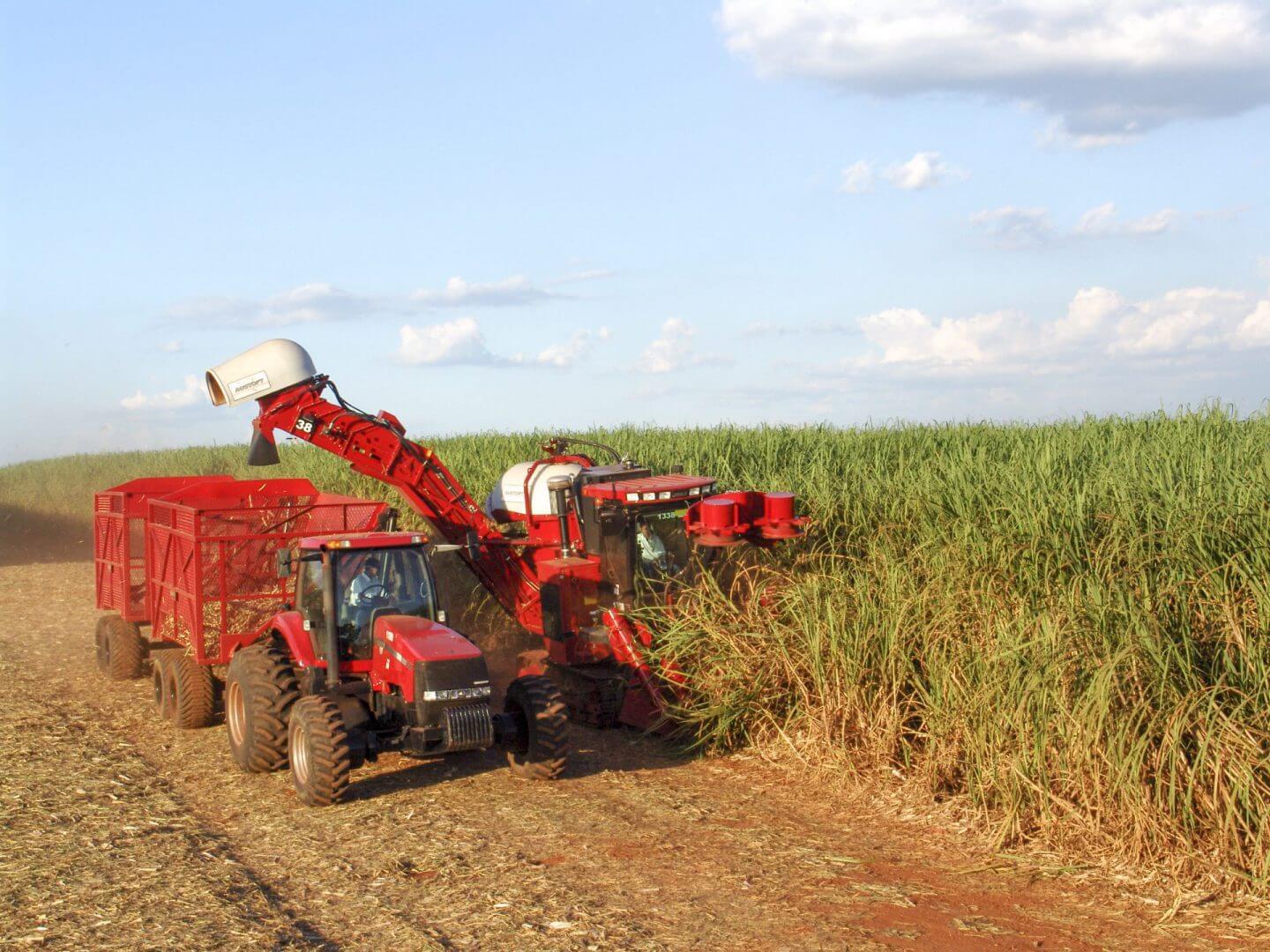
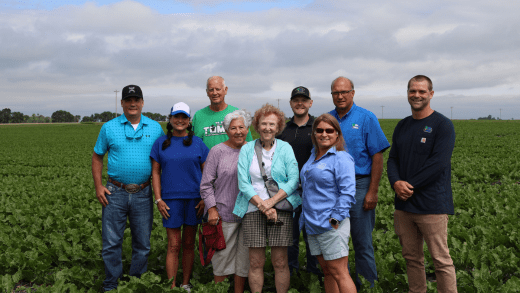

Get Social with #MoreToSugar